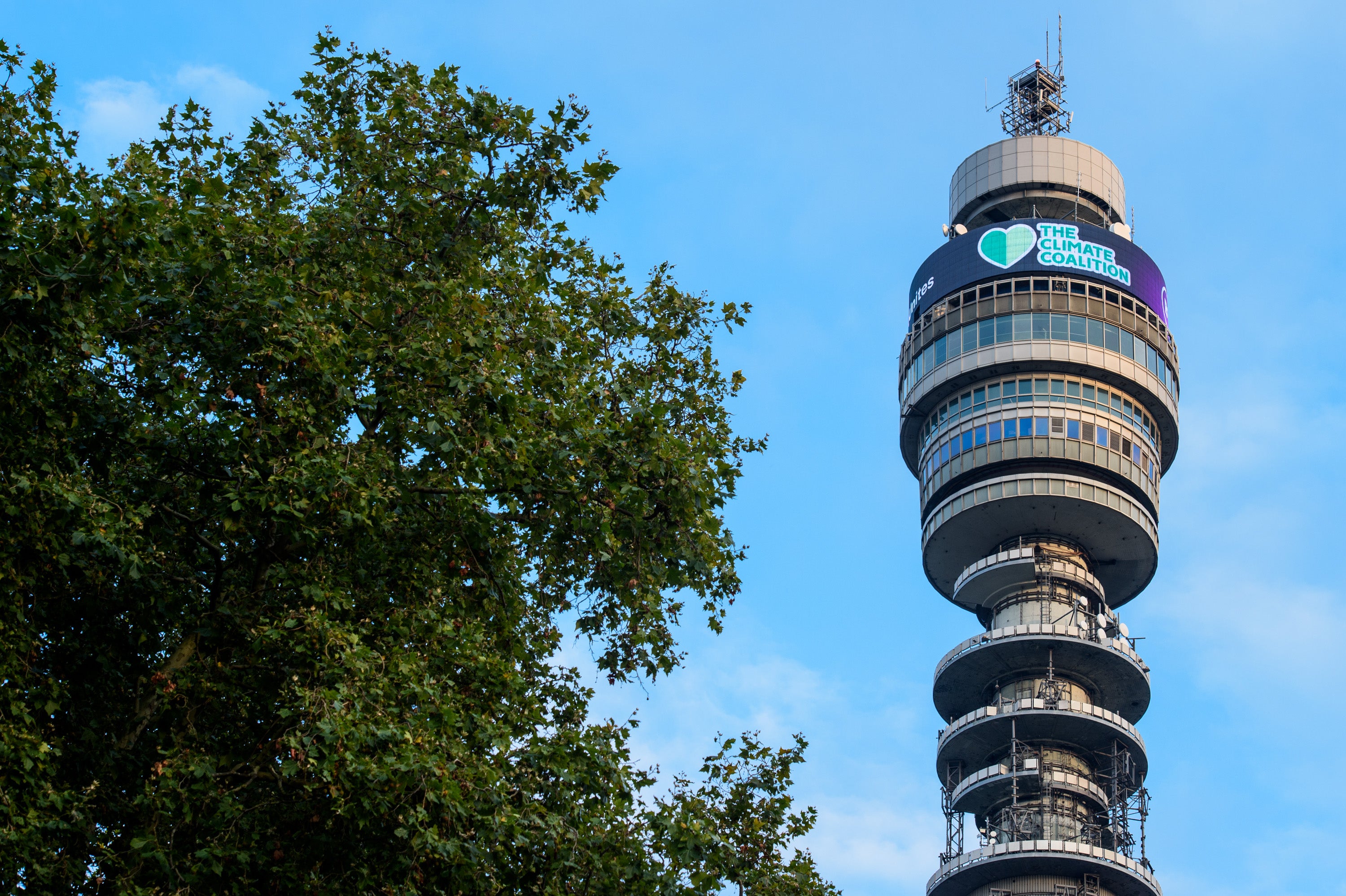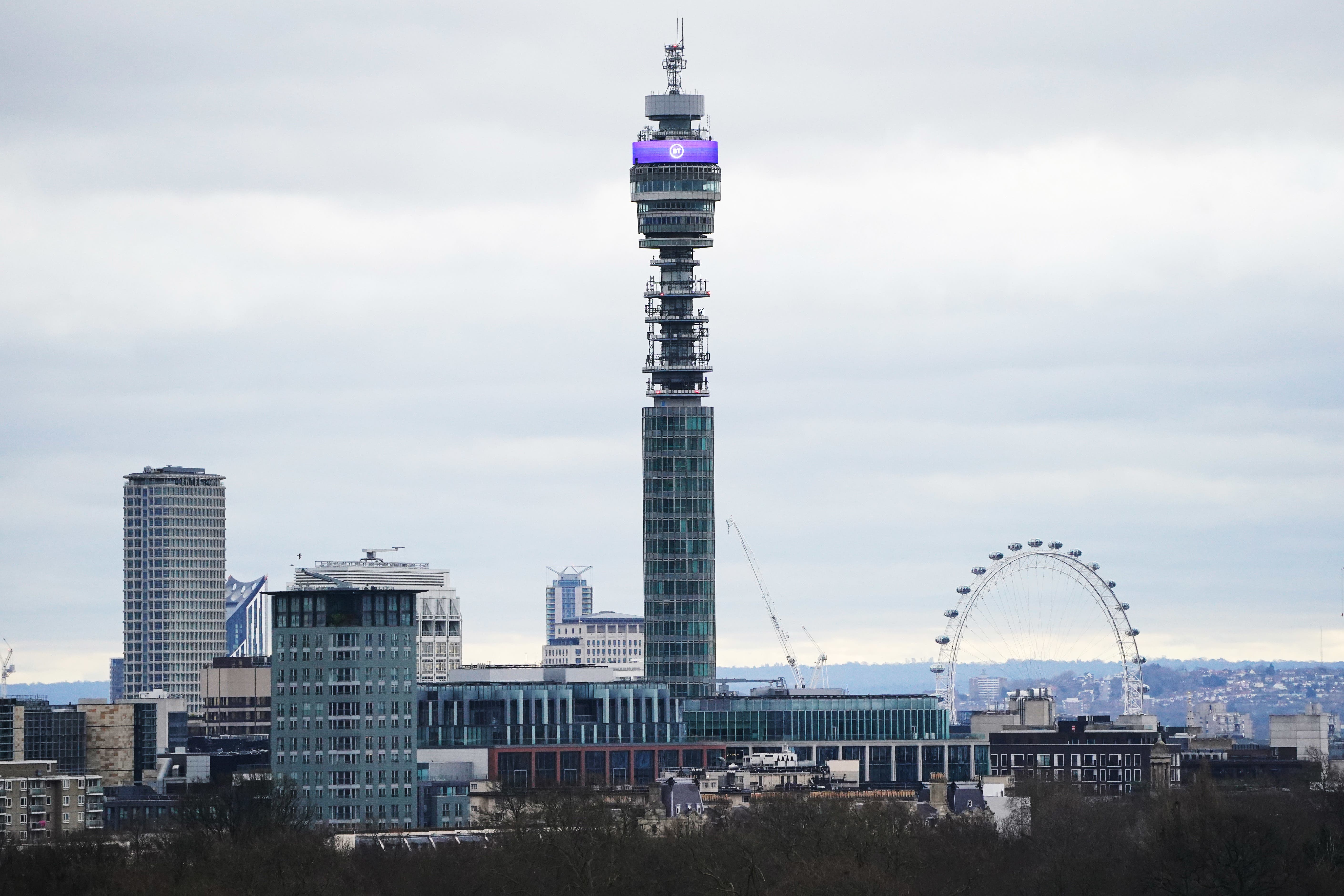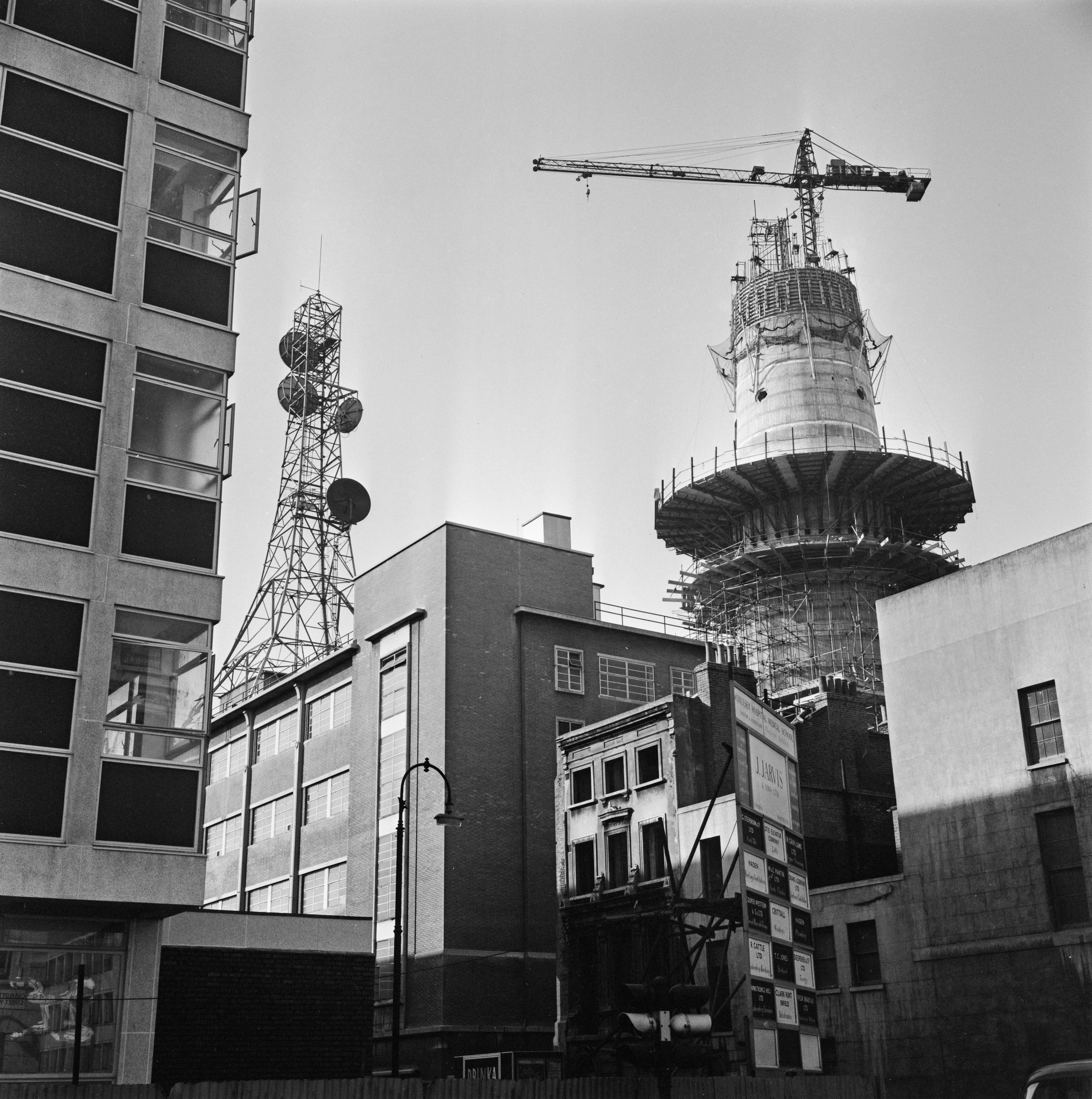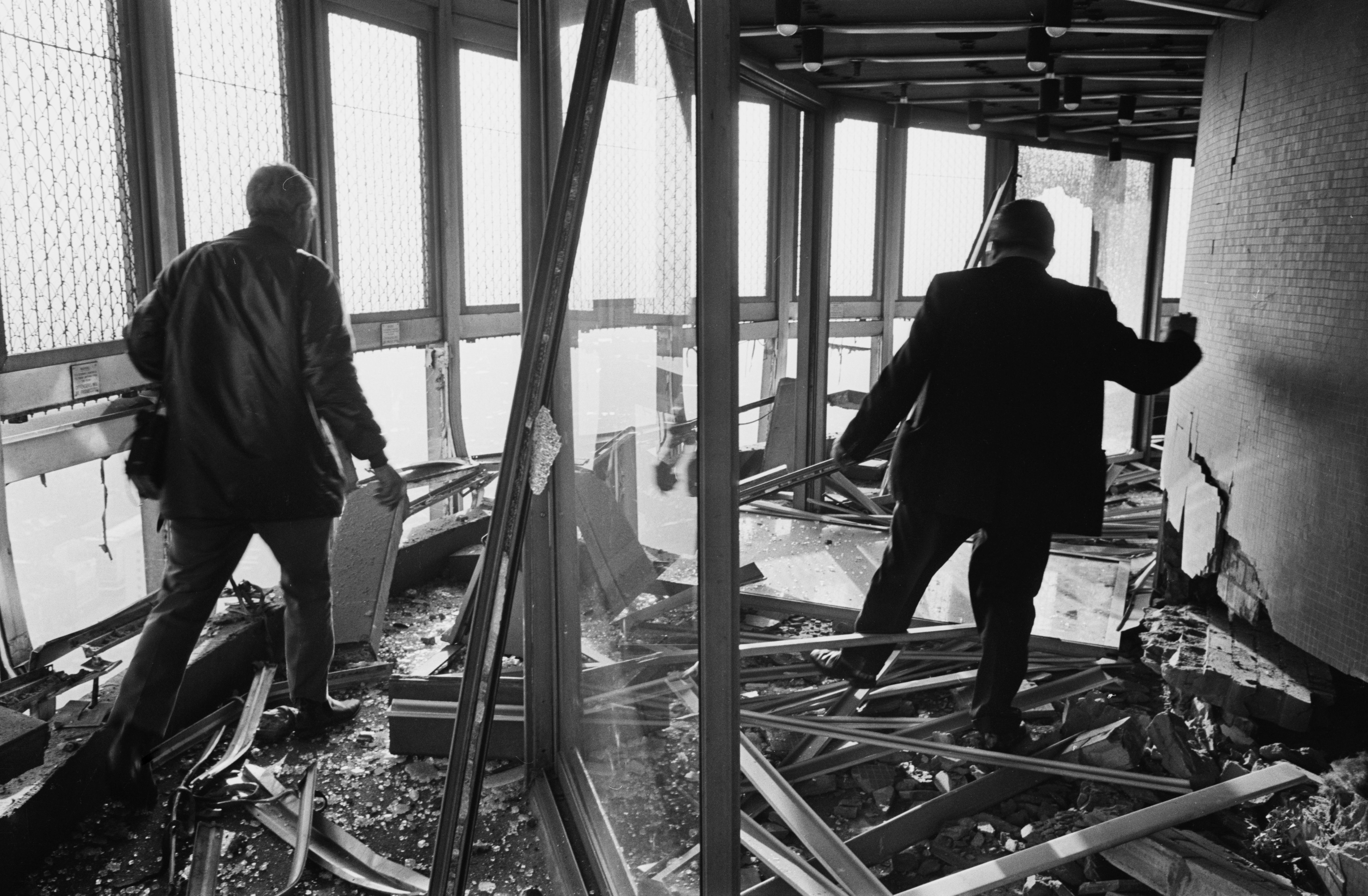BT Tower: History of the London landmark as it is sold for £275m
The BT Tower first appeared on London’s skyline in the 1960s – and is now set to undergo another transformation

London’s iconic BT Tower is to be turned into a luxury hotel following a £275m deal with US hotel developer MCR Hotels.
Having owned the tower since 1984, BT says they are selling it as it no longer serves the telecoms purposed it once did.
“The BT Tower sits at the heart of London,” Brent Mathews, property director at BT Group said, “It’s played a vital role in carrying the nation’s calls, messages and TV signals, but increasingly we’re delivering content and communication via other means.”
“This deal with MCR will enable BT Tower to take on a new purpose, preserving this iconic building for decades to come.”

Here’s a history of the BT Tower from its construction to the latest sale:
Commission and construction: 1961-1964
The tower was commissioned by the General Post Office. Its main purpose was to support microwave aerials which carried telecoms traffic from London to the rest of the country.
In the late 1940s a much short steel lattice tower sat on the roof of the Museum Telephone Exchange, used to provide a “line of sight” television link between London and Birmingham. Tall buildings set to be built in London meant developers had to look upwards to maintain these vital links.
The tower was designed by chief architects Eric Bedford and GR Yeats of the Ministry of Public Building and Works. The building is concrete clad in glass, with its iconic narrow cylindrical shape chosen to facilitate the communications aerials.

The first 16 floors were reserved for technical equipment and power, followed by a 115ft section for the microwave aerials. Above this sat six floors of suites, kitchens and the revolving restaurant. Construction began in 1961 and ended in 1964. A crane sat atop the tower for almost this entire time – some worried it would become a mainstay.
Opening in 1965
The then-GPO Tower was opened as in 1965 by Prime Minister Harold Wilson, who tested the tower’s equipment by making a call to the lord mayor of Birmingham.
The following year it was opened to the public by Postmaster General Tony Benn and Billy Butlin, owner of the Butlins resort chain. Queen Elizabeth II had visited a few days prior.
Butlins operated the rotating restaurant on the 34th floor called ‘Top of the Tower’. It made one revolution every 23 minutes. In the first year, the GPO Tower saw just under one million visitors to its viewing deck, and over 100,000 diners.
1971 bombing
In the early hours of October 31 1971, a bomb exploded in the roof of the restaurant’s men’s toilets. The blast damaged buildings and cars up to 400 yards away, but nobody was hurt. Passers-by recall seeing people collect shards of glass and debris as “souvenirs”.
Responsibility for the bomb was claimed by members of the Angry Brigade, an anarchist group that was active in the early 70s. Some also accused the IRA of being responsible, which the organisation denied.

The restaurant was closed to the public for a number of months. In 1980, Butlins lease expired and, the following year, public access to the building ceased entirely.
Taken over as tallest building and BT rebrand: 1980-1992
In 1980, the tower’s title as London’s tallest building came to an end after nearly 20 years. At 200m tall, the NatWest tower stood just above the GPO Tower’s 189m. Towers across the Canary Wharf and Bank areas of London have been dwarfing them both since 1990.
GPO’s telecoms were split off in 1981, and privatised in 1984, leading to the structures renaming as the British Telecom Tower. It would be rebranded again in 1992 as the snappier-named BT Tower, which is has been known as ever since.
The 20th Century
In 2003, the tower was given Grade-II listed status, owing to its historical significance and iconic status. In 2011, it was negotiated that some defunct microwave aerials be removed, exposing the tower’s concrete core. Most of the tower’s microwave links has now been replaced by underground optical fibre.

A colour display was attached to the top of the tower in the early 2000s, replaced by the tower’s eye-catching LED display was installed in 2009 when it began counting down to the 2012 London Olympics. It now most commonly displays the BT logo, animated to appear constantly spinning and also sometimes displays news events. In April 2017, it spent almost a full day displaying a Windows error message.
In 2024, BT announced the tower’s sale to MCR Hotels, which plan to preserve the tower as a hotel.
Join our commenting forum
Join thought-provoking conversations, follow other Independent readers and see their replies
Comments